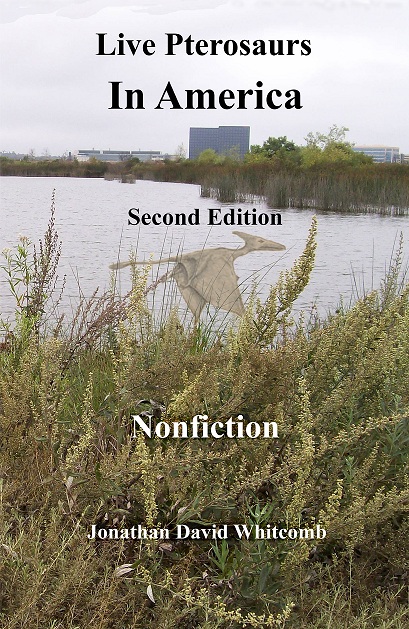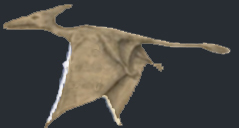How often do CE-III Marfa Lights return to the same area? The answer to that question, although not very simple, suggests those lights are caused by bioluminescent flying predators. When the lights return to the same area near Marfa, Texas, on two successive nights, they are probably having successful hunting, whether it be the Big Brown Bat common in this part of Texas or some other prey.
When the really strange flying lights are seen over the desert plain, on a night when they are photographed by one or more automatic cameras set up by James Bunnell, those lights will not usually return for a long time, often not for weeks or months. But the exception has provided a clue about what causes those lights. On occasion, those strange flying lights appear two nights in a row, being photographed by the cameras, and on those pairs, two consecutive nights, that they come up at about the same time, or even at almost the exact same time, after sunset.
Take the years 2001-2002. Bunnell’s camera recordings in those two years were 2/9/2001, 1/31/2002, 3/31/2002, 10/30/2002, and 11/21/2002. That is only five recordings in those two calendar years (although there were two late in 2000 and one early in 2003). Months can pass between recordings of mystery lights in this part of southwest Texas.
In addition we need to know how varied the beginnings of recordings can be, as CE Marfa Lights first start glowing after sunset. For the five recordings in 2001 and 2002, the lights first seem to have appeared at the following hours and minutes after sunset: 0:52, 1:14, 0:30, 2:44, and 1:03.
The nights of July 14th and 15th, 2006, are one of the exceptions, not only in being consecutive nights but in when the lights first appeared: 38 and 37 minutes after sunset. It suggests the bioluminescent-flying-predators hypothesis has merit, for on those occasional nights when a group of predators has a very successful hunt, they would be predicted to return the next night at the same time, hoping for another successful hunt.
Although the hunting patterns appear to be too complex to analyze in detail, this one aspect can be understood within the perspective of a group of bioluminescent intelligent flying predators, flying creatures that on occasion have a successful-enough hunt that they return to the same area the next night, at about the same time after sunset.
______________________________________________________________________________________________
In Live Pterosaurs in America, read about the astonishing new theory about Marfa Lights in Texas: bioluminescent modern pterosaurs.
Live “pterodactyls?” In the United States? Many scientists have long assumed all pterosaurs died millions of years ago. Now take a whirlwind tour of many years of investigations in cryptozoology, and prepare for a shock: At least two pterosaur species have survived, uncommon, not so much rare as widely and thinly distributed. Nevertheless, they have been witnessed by many Americans.
Nocturnal pterosaurs have always lived among us, but hidden by something. Enter now the realm of a new branch of cryptozoology, a branch overshadowed by the dogma of a “universal extinction.” How did scientists miss living pterosaurs? Get the answers here, hidden secrets about how these amazing flying creatures of the night have gone mostly unreported: Until recently, almost nobody would listen to eyewitnesses; but for the past seven years many of them have been interviewed by the author of this book: Jonathan Whitcomb




